I thought I’d write a bit about the family trees of our herd for this week’s blog, since they work a little differently from a ‘standard’ human family tree. Those of you who have been adopting an individual reindeer within our herd for a while will probably have received a family tree at some point, as we send them out with adoption packs in even years of sponsorship (2nd, 4th, 6th etc) normally. I say ‘will probably have received’ however, as the Swedish born reindeer in our herd obviously don’t have them, and if you’ve only ever adopted the herd as a whole then you’ll not have seen one before.
We record the lineage of the reindeer born here in the herd, stretching back to the original ones imported from Sweden in the 50s, through the maternal line only (on the trees at least – of course we record the father of each calf on our database to keep track of their genetics). More dimensions than a sheet of A4 can offer would be required for anything more than the maternal line in this form however. Let’s look at a sample of a tree (apologies, you’ll probably have to zoom in to see it properly):
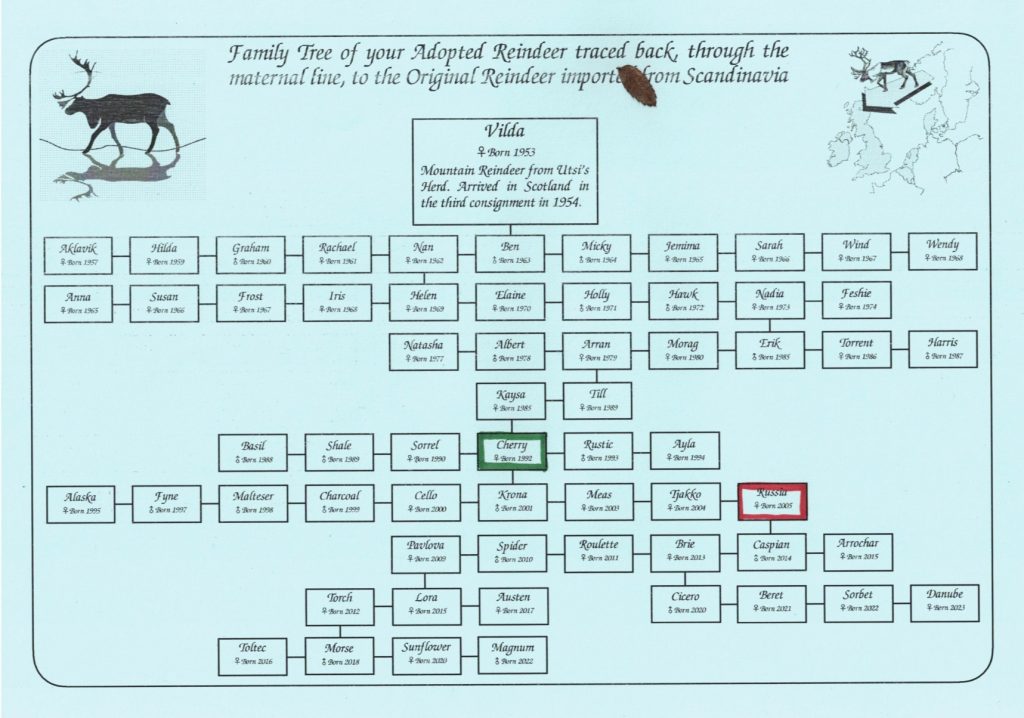
This tree (above) is the one currently in use for the living descendants of female reindeer Russia (highlighted in red), born in 2005. As an example, you would receive this particular tree if you adopt Morse – you can see that he is the second of four calves for his mum Torch, herself the first of three offspring for Pavlova. Pavlova’s mum was Russia, Russia’s mum was Cherry, and so on. This goes right the way back to Vilda at the top, one of the reindeer brought over to Scotland in the 3rd consignment to join the growing herd, back in 1954. This particular family tree currently stands at 10 generations in the maternal line. In reality it’s actually more than that, as Morse himself is a breeding bull with multiple offspring, but let’s just stick to the maternal line and not confuse matters!
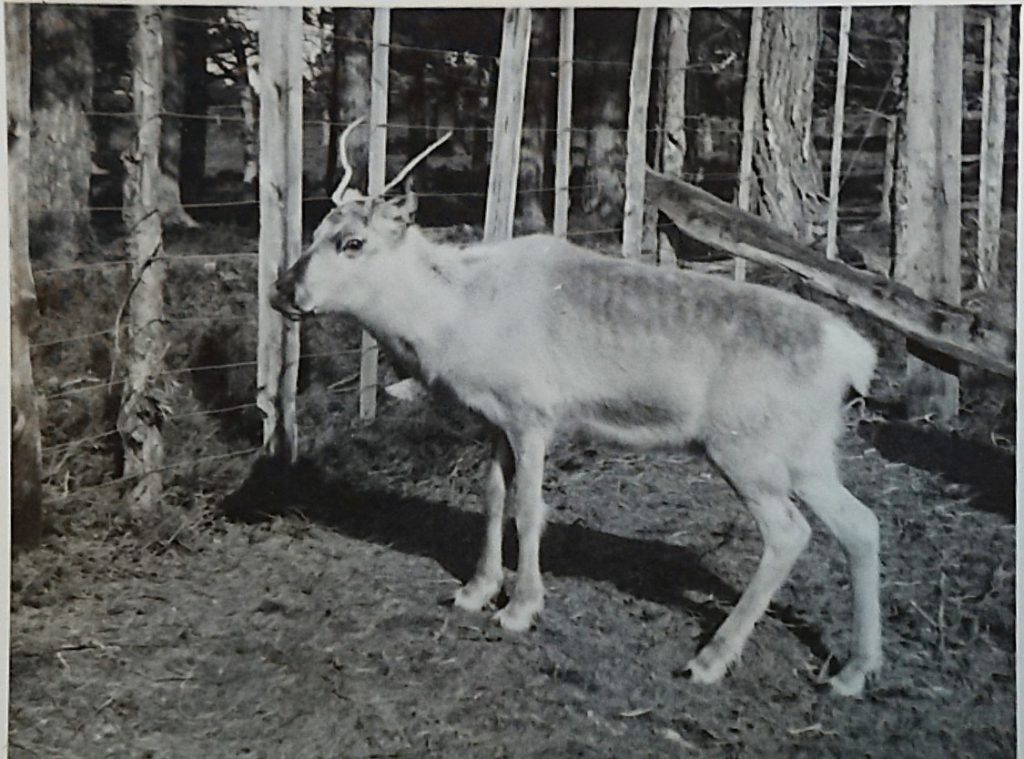
But again A4 paper has it’s limitations, and as Russia’s mum Cherry (highlighted green on the tree above) was such a productive breeding female then this tree has had to be split into multiple ones once all her calves started calving themselves and we ran out of space. So Cherry’s descendants are now on three separate trees, the top halves of which are all identical until Cherry and her nine calves, but then different below. So Cherry’s daughter Cello (highlighted red below) went on to lots of descendants mainly via her daughter Fonn, who are on this tree:
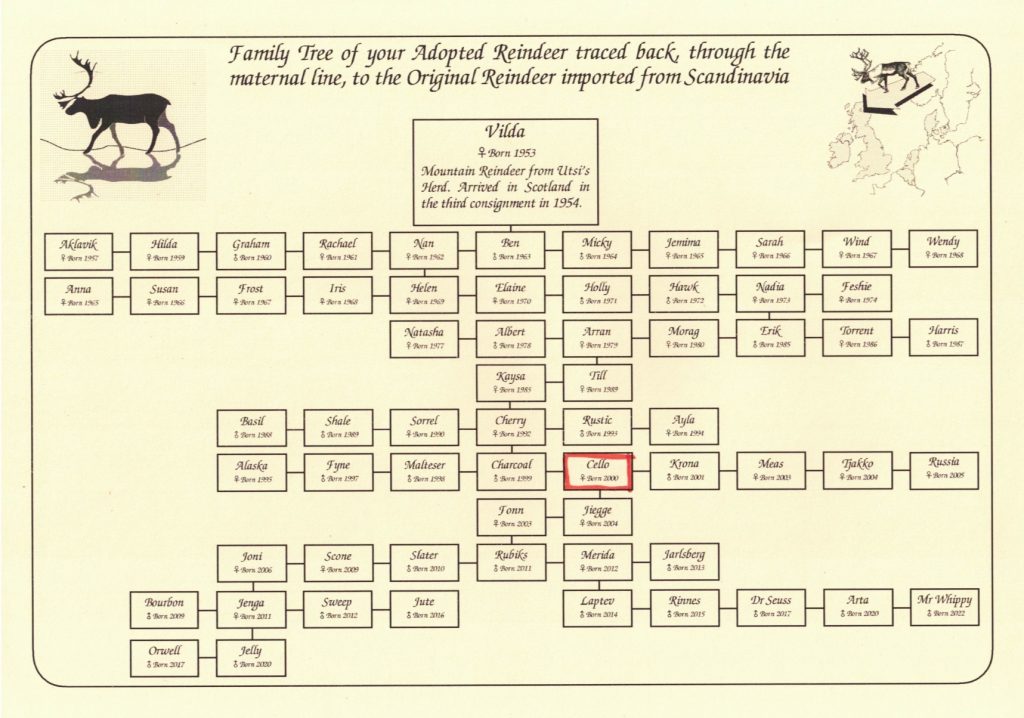
…whilst another daughter, Tjakko (highlighted red below), was also very productive, as seen on this version of the tree:
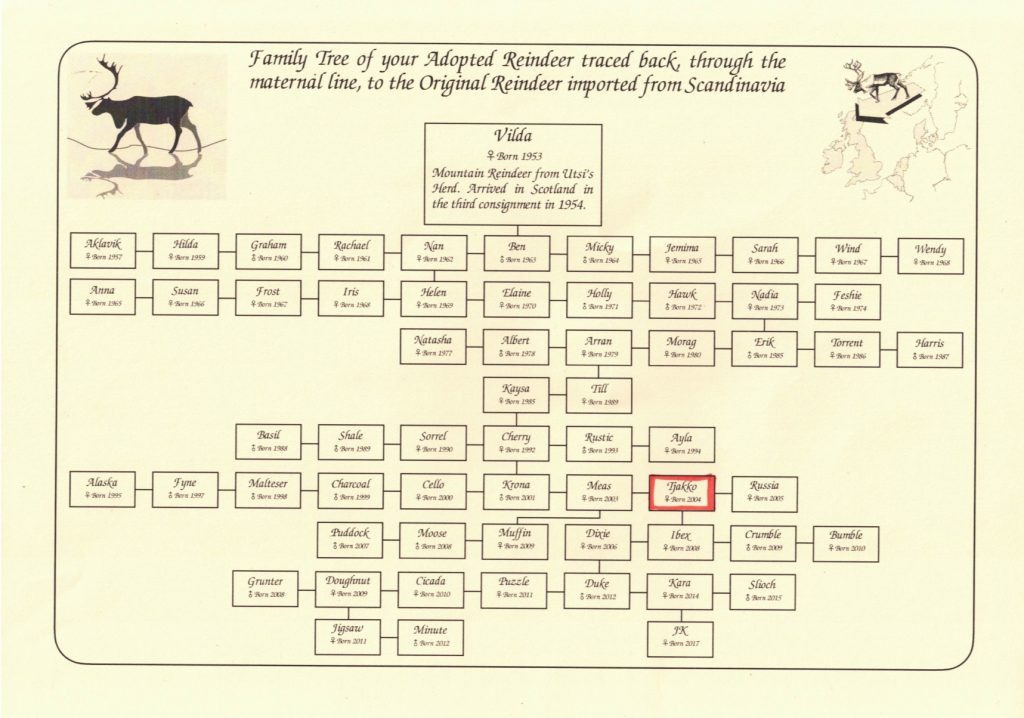
This explains why sometimes we chat away about a relative of your reindeer in your adoption letter – who doesn’t seem to exist on the tree you’ve also received in your pack. We haven’t made them up – they’re just on an adjacent branch of their tree that you don’t have!
At times we get a family line that effectively runs out of breeding females – a so-called ‘dead line’. Not the nicest of names perhaps, but it is what is says on the tin… Tjakko’s tree, above, is an example of this – the only living female still remaining on it is Ibex, now too old to breed, so this tree will never change. As a result in this situation we stop sending the trees out to adopters once they’ve received it in it’s final state, as there’s no point receiving it again and again with no additions. Ibex does actually have descendants but they are on yet another permutation of this tree, showing her offspring and those of Bumble.
Within the animal world, there is quite a ‘flexible’, shall we say, approach to age and generations, in comparison to humans at least. We tend to breed our female reindeer up to the age of around 12 or 13, but usually only with a bull aged 3-5. This is because we castrate our male reindeer at this age, but females are never castrated as there’s no need for us to do so. Reindeer calve first (usually) at age 3, so a 3 year old bull could be three generations younger than some of his ladies, if he has a 12 year old cow in his harem. Questionable, in the human world anyway, but no reindeer eyebrows are raised.
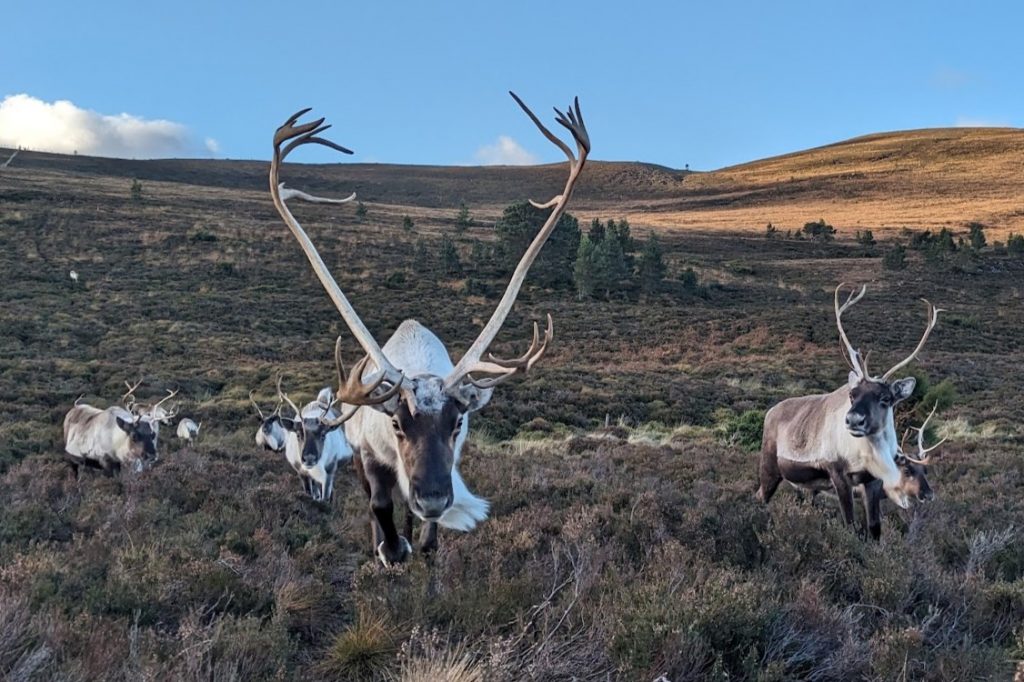
The shortest family tree I can find is that of Okapi, consisting of only 8 generations in total including Vilda back in 1954. But again this is a family that has calved itself into a breeding cul-de-sac, as it were, with no new additions since 2013. In contrast, the most generations in a tree is 13, with two year old Sombrero and yearling Solero the most recent of the generations.
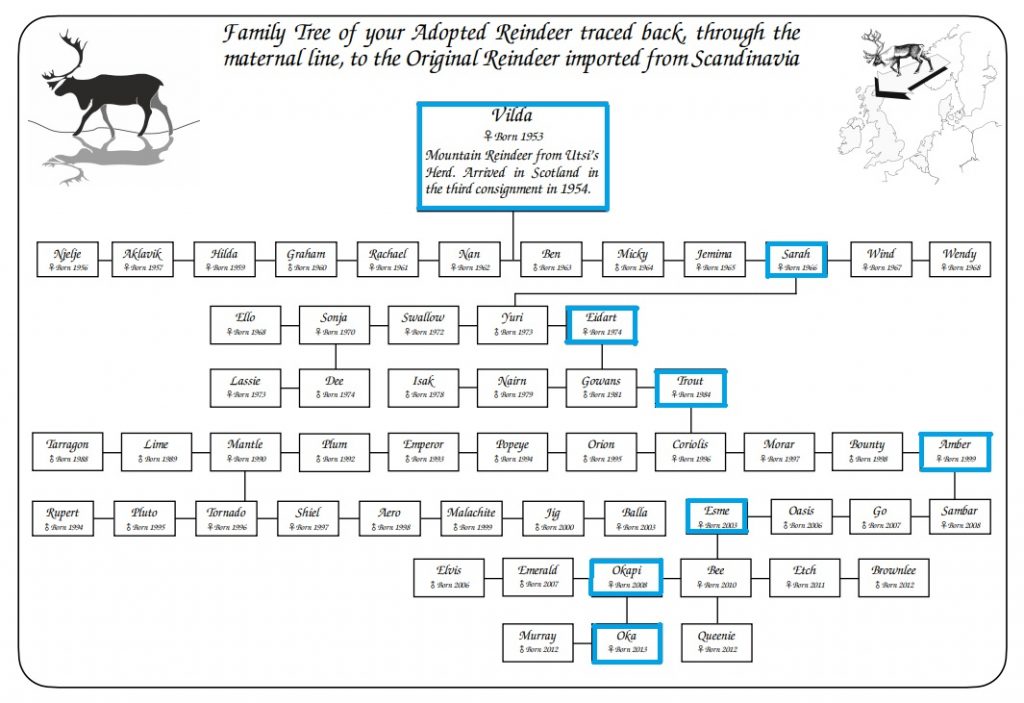
I thought that as a final part to this blog – and a way of getting some photos of actual reindeer into it – here’s some photo evidence of the 8 generations of Okapi’s tree. Vilda we’ve seen already, and I can’t actually find a photo of Sarah. We will no doubt have one in the albums, but we’ve only digitised up to the early 60s so far so I don’t have one to hand… But then comes Eidart, who was apparently the first reindeer that herd owner Tilly ever met, when she arrived here in 1981:
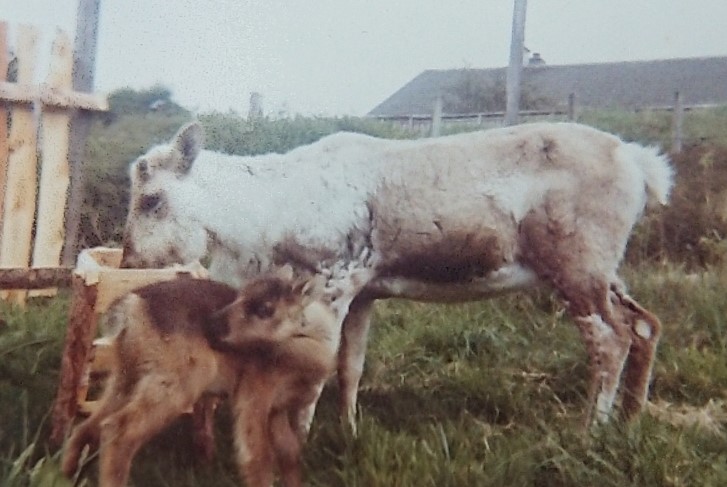
Eidart’s final calf was Trout, who held the joint record for oldest ever member of the herd (aged 18) for many years, until 19 year old Lilac stole her crown.
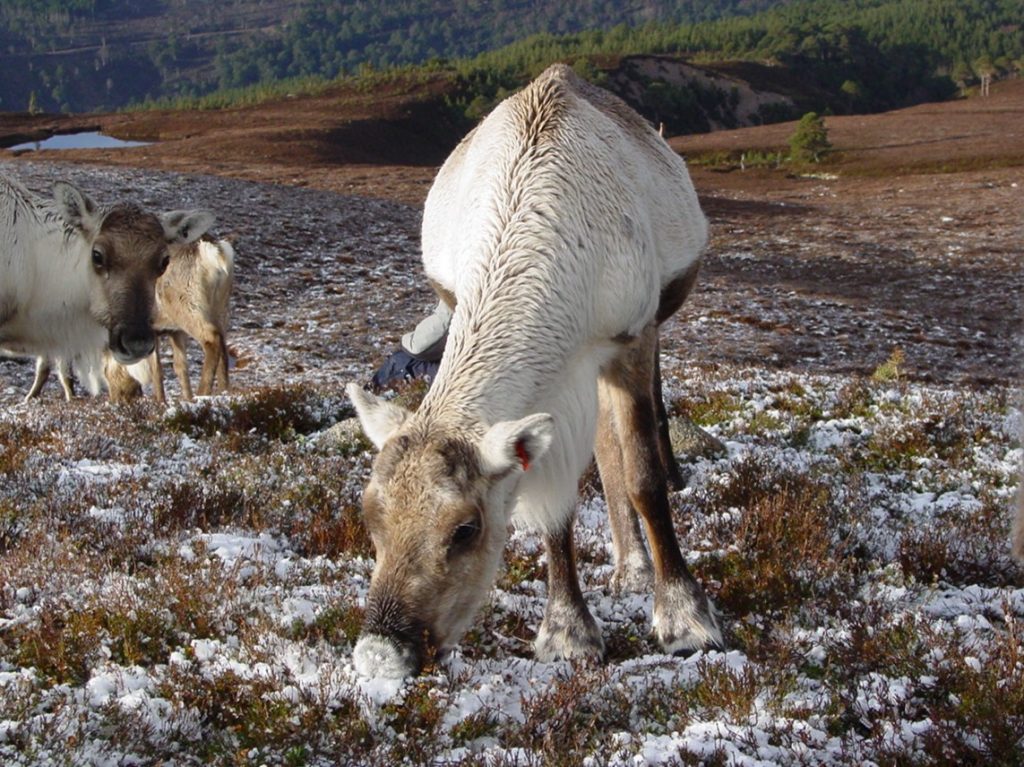
Trout was an extremely productive female, with 11 calves to her name, the final one being Amber:
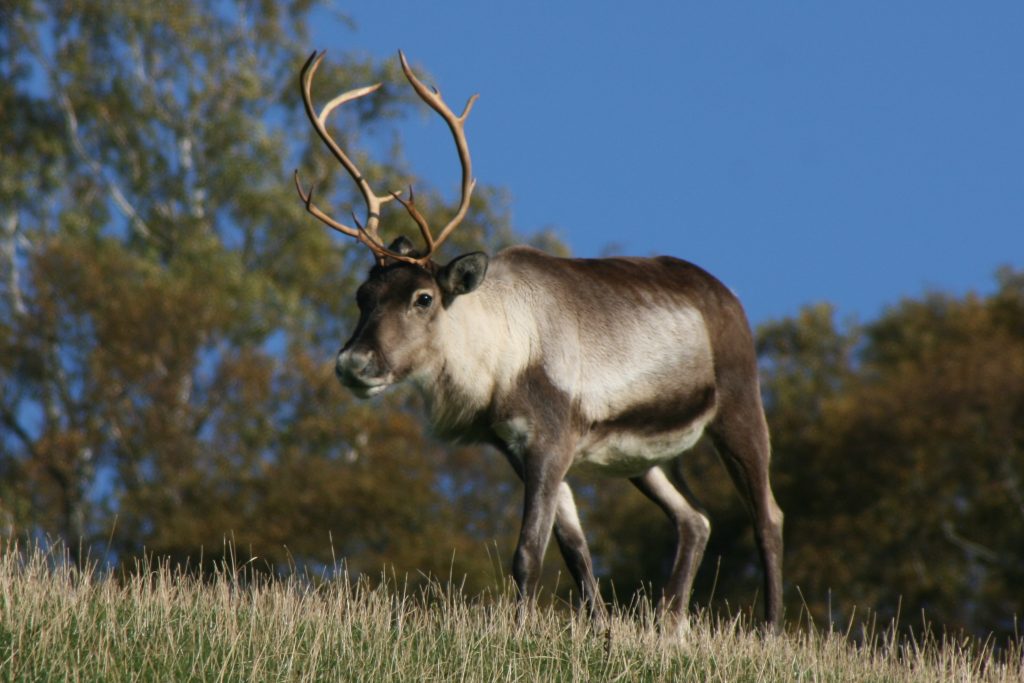
…whose first calf was Esme….
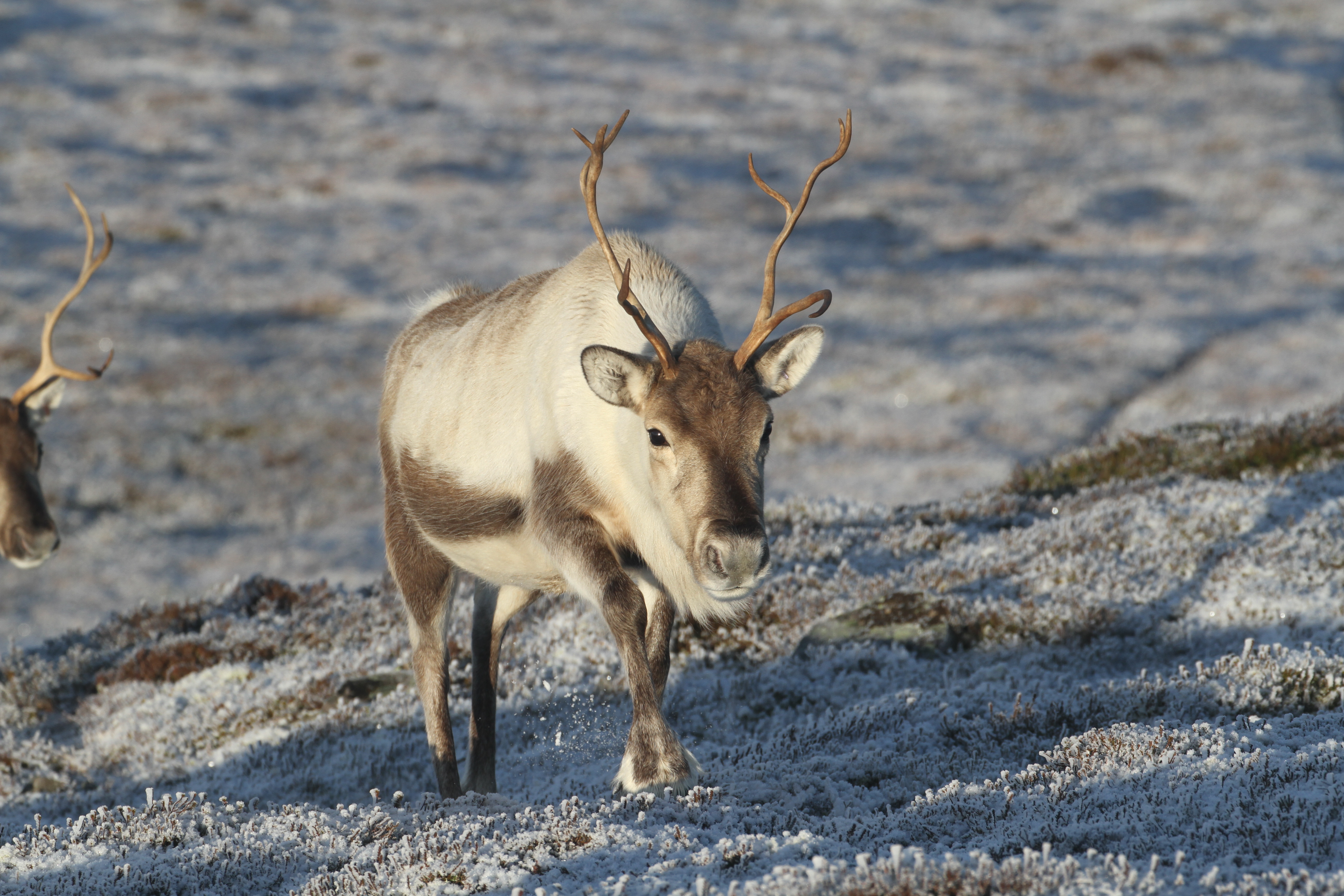
…the mother of Okapi.
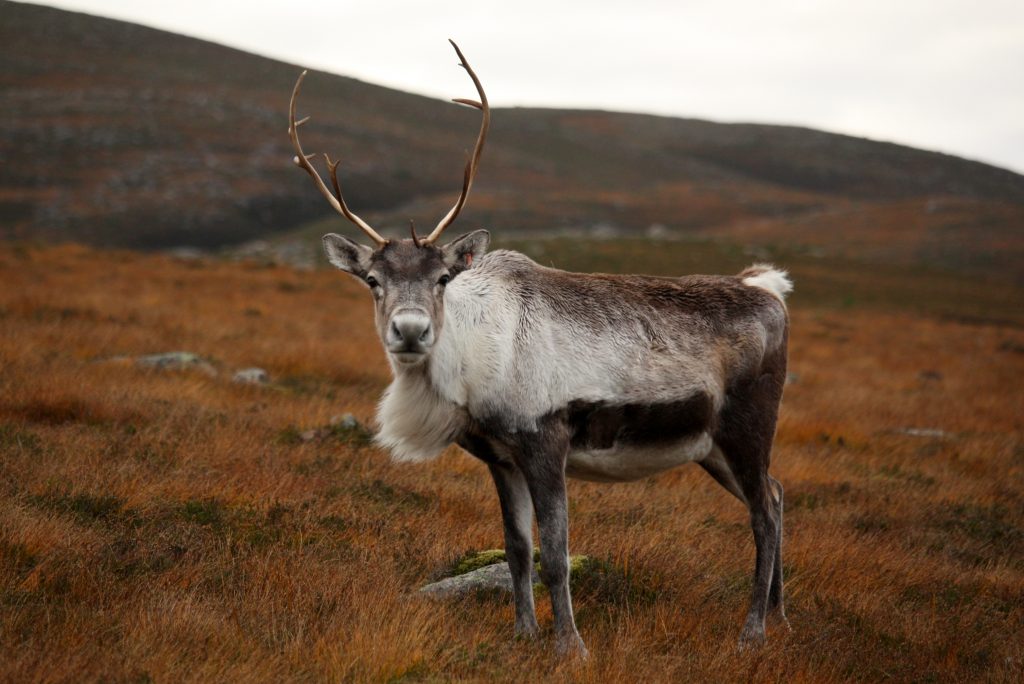
And finally – the end of the line – came Oka. Sadly she died before producing any offspring herself, effectively bringing this line of reindeer to an abrupt end.
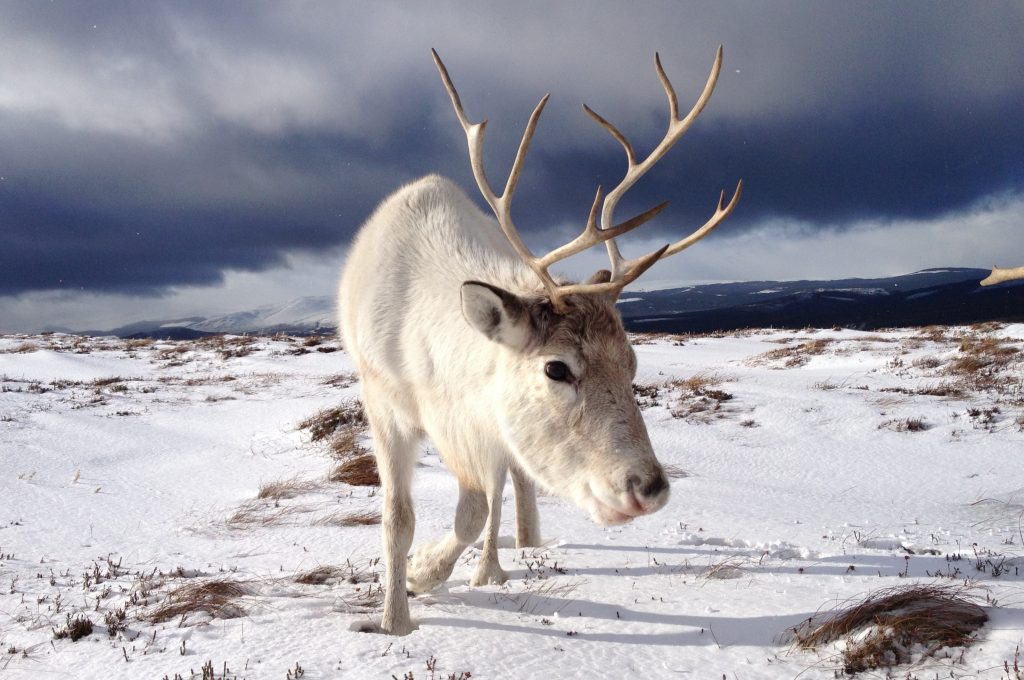
So there you have it, a bit of info about our family trees. So should you get one in your next adoption pack, you can think about all those reindeer who came before your lovely adoptee.
Hen

Very nicely written Hen. I still remember back in the early days when I saw that Tilly was producing family trees by hand and I felt obliged to step in and add some computer graphics skills into the process which as you and I know continued for many, many years until you and Andi took it over in recent times.
Creating the family trees transpired into a continuing very long friendship with Tilly, Alan, Alex, Fiona and so many other individuals associated with Reindeer House and also family.
Thanks for doing the trees for us for so many years Alan! Hope you’re well 🙂